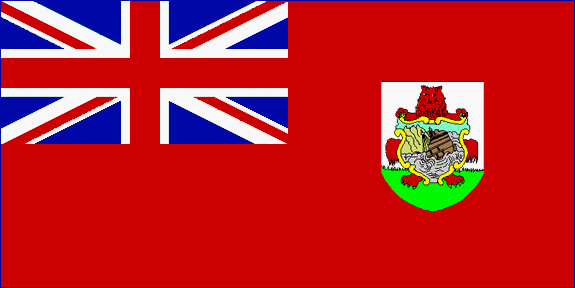 QSL Advice
QSL Advice
The Open
Source way of confirming QSOs
These pages and the osQSL code
are currently at pre-release. Please visit again soon.
What is osQSL? To answer more of your questions, please see
FAQ.
If you are looking
for a QSL printer, I have collated all of the
printers who have printed cards which I have received by operating from
Bermuda.
These are from a selection of many thousands of QSL cards.
Most are pretty
high quality.
Many
are in-expensive.
Some are 2
to 3 times the cost of equally good cards. Entry in this list does not
endorse any product.
You may find more information by going to the direct list on my
Amateur
Radio front page.
You may want to add
elements of the following standard QSL design advice to your web site:
osQSL - QSL Software Design
QSL and Logging software design
When you next design your cards, remember:
- If your card is two sided, make
sure your call is clearly printed on BOTH sides. Flipping the card can sometimes cause mistakes.
- Make your date and time format standard (ISO8601):
yyyy-mm-dd e.g. 2026-01-03
and
time e.g. 02:47Z
- Make sure your band is in frequency (MHz) and
not in wavelength (metres)!
- Head your columns with yyyy-mm-dd; UTC (not GMT!); MHz (not Band), RST and Mode in that order
- Do
not place anything of a religious nature on your card (quotes, images, locations, clubs, etc.). They will not be answered. That means anything Christian, Muslim, Jewish, etc. That includes anything, including pictures, in the so-called "Holyland".
- Don't place anything of a political nature on your card (inc. such things as National Rifle Assoc., etc.).
- Don't place anything of an overtly nationalistic or overly patriotic nature on your card.
If you don't do this, it is easy
for QSL managers to make mistakes or for recipients to be offended.
If
your logging software outputs metres without an option for MHz, request
that your software writer includes this in their next release.
Sources of logging software and contacts for their author(s) may be found on my
Amateur Radio front page.
The source code for this
section may be downloaded by right-clicking here.
On your DXpedition
site, you should make it clear what constitutes a valid or invalid
QSO/QSL claim (a QSL Policy).
This example may help you (and was modelled after the FSDXA version):
QSL
Policy
| Error
in QSO data |
QSL decision |
| Time in error by small
amount or by integer number of hours. |
QSL, with time changed to
that at VP9KF |
| Callsign in log is close
(by a dit or so) and the correct log callsign has not already been
QSLed. |
QSL |
| Band is wrong. Station
error. Not VP9KF as band is derived from computer controlled rig. |
QSL, with band changed to
that at VP9KF |
| Mode is wrong. No chance.
I only operate CW. |
No QSL |
| All
other cases. |
No QSL,
pending further investigation |
The source code for this
section may be downloaded by right-clicking here.
osqsl_footer

osQSL is a release under GPLv3.
This Page Last
Updated: 2017-01-14 08:33:28Z
menu
footer
 Some examples not to follow! ©
1979-2026 VP9KF. All rights
reserved.
IP footer
Some examples not to follow! ©
1979-2026 VP9KF. All rights
reserved.
IP footer
User Agent:
Mozilla/5.0 AppleWebKit/537.36 (KHTML, like Gecko; compatible; ClaudeBot/1.0; +claudebot@anthropic.com) IP Address:
216.73.216.99








